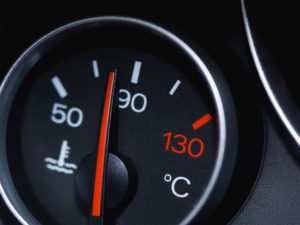There are a lot of tools that a CNC Machinist will use over the years. Some only cost a few bucks, but tools that are required to check close tolerance parts can be hundreds of dollars a piece.
Having the right tools can be knowing the difference between having good parts or bad parts. If you have cheap or faulty equipment that’s giving you inaccurate readings, you are going to lose a lot of time after you find out your parts are rejected. We’ll go over some of the basic tools that a machinist should have.
Caliper
While a caliper isn’t the greatest tool for measuring precision parts, it’s good for getting dimensions within a couple thousandths. They’re relatively cheap, easy to easy, and easy to store. Every machinist should have a dial or digital caliper in their toolbox. It can be used in Inches or Millimeters.
Micrometer
If you want a more accurate reading than a caliper, you should have a set of micrometers in your toolbox as well. They are just about as easy to use, and some of them are accurate to the tenth.
Machinist Calculator
If you’re doing a lot of set-ups, you will NEED a calculator. Even if you’re a genius at math, some equations are better left solved with a calculator. If you really want to save time, the Machinist Calc pro is money well spent if you’re doing any kind of programming, as it has built-in formulas to give you proper feeds and speeds for each material.
Gage Blocks
Gage blocks are a must, whether you’re calibrating a part, or need a precise measurement. These blocks should also be calibrated once a year so you know they are accurate. They are also useful for setting parts up, as they can be used for a reference.
Gage Pins
Have close tolerance holes? To make sure your boring bar or reamer is doing its job correctly, you will need a box of gage pins covering every size hole up to the largest you need in .001″ increments.
Thread Gages
Thread gauges should also be in your tool line-up if you are putting threads in your parts. Go-no-go gauges are popular and easy to use. Having oversize threads will get your parts rejected, so having thread gauges is cheap insurance.
Drill Size Chart
Having a drill size chart will save you a lot of time and possibly scrapped parts in the long run. A drill size chart shows all the number and size drills you use with each thread size and pitch, and can be hanging on the wall next your your machine.

